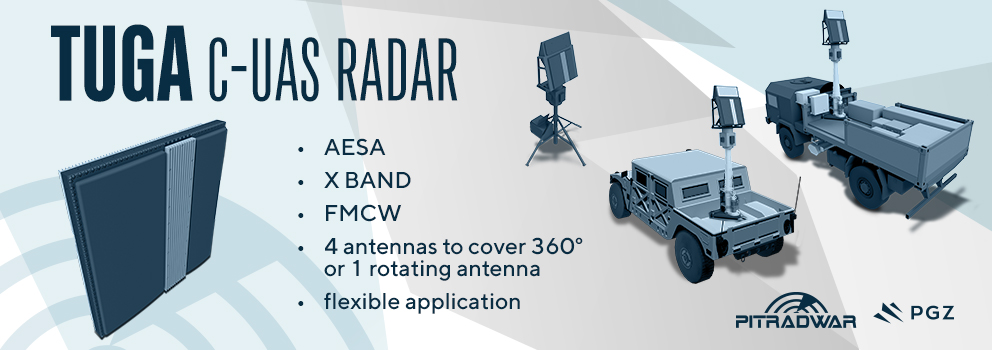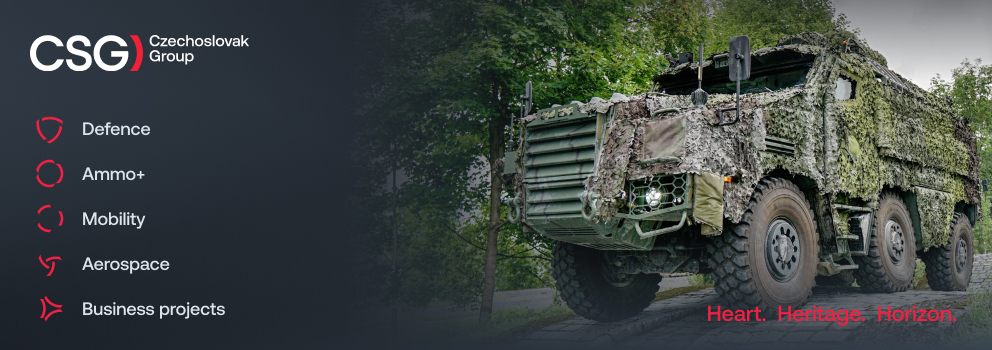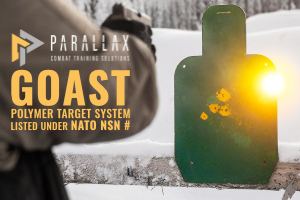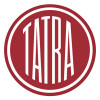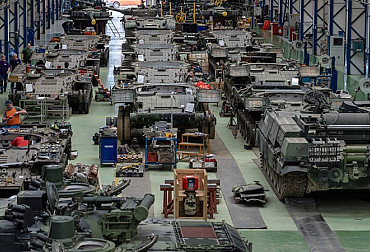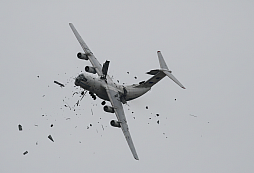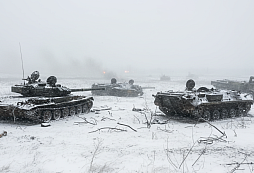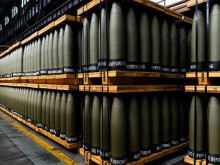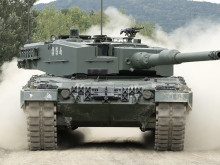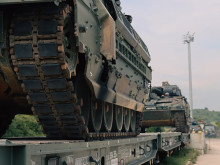The path of the Czech Republic, Austria, and Switzerland towards modern air defence
In recent years, air defence has become one of the key issues in European security policy. Rapid technological developments, the growing number of air threats, including drones and guided missiles, and, above all, Russia's aggression towards Ukraine have forced a number of European countries to rethink their existing defence strategies. The Czech Republic, like neutral Austria and Switzerland, has long neglected air defence and relied on outdated or limited capabilities. Only in recent years have these countries begun to invest heavily in modern systems and joined the German-led European Sky Shield Initiative (ESSI), which aims to create a multi-layered European air defence system.
The Czech Air Defence Force has a rich history dating back to the Cold War era. During the existence of the Czechoslovak Socialist Republic, it was built according to the Soviet model. In the 1980s, one of its most important systems was the S-200, which served as a defence against NATO strategic bombers. Before the break-up of the federation, the Czechoslovak army managed to acquire one battery of the more modern S-300 PMU, an export version of the advanced Soviet long-range system. Due to political and military agreements made in connection with the break-up of Czechoslovakia, the complete functional S-300 system was acquired by the Slovak Republic in 1993. Prague thus never fully incorporated this system into its arsenal.
S-200 systems The Czech Army decommissioned these systems in the 1990s as obsolete. The AČR did not receive a replacement in the following decades and had to rely on shorter-range solutions or fighter aircraft. The basic means of Czech air defence became the Soviet self-propelled 2K12 KUB systems and the RBS-70 very short-range portable systems manufactured by the Swedish company Saab Bofors Dynamics. The KUB systems, dating from the 1960s and 1970s, underwent modernisation in 2007 (modification of the SURN guidance radar to the SURN CZ version), which enabled digital signal processing, connection to command systems and compatibility with NATO standards. In 2020-2021, the Czech Armed Forces also received more modern RBS-70NG systems, which enable automatic missile guidance using a laser beam.
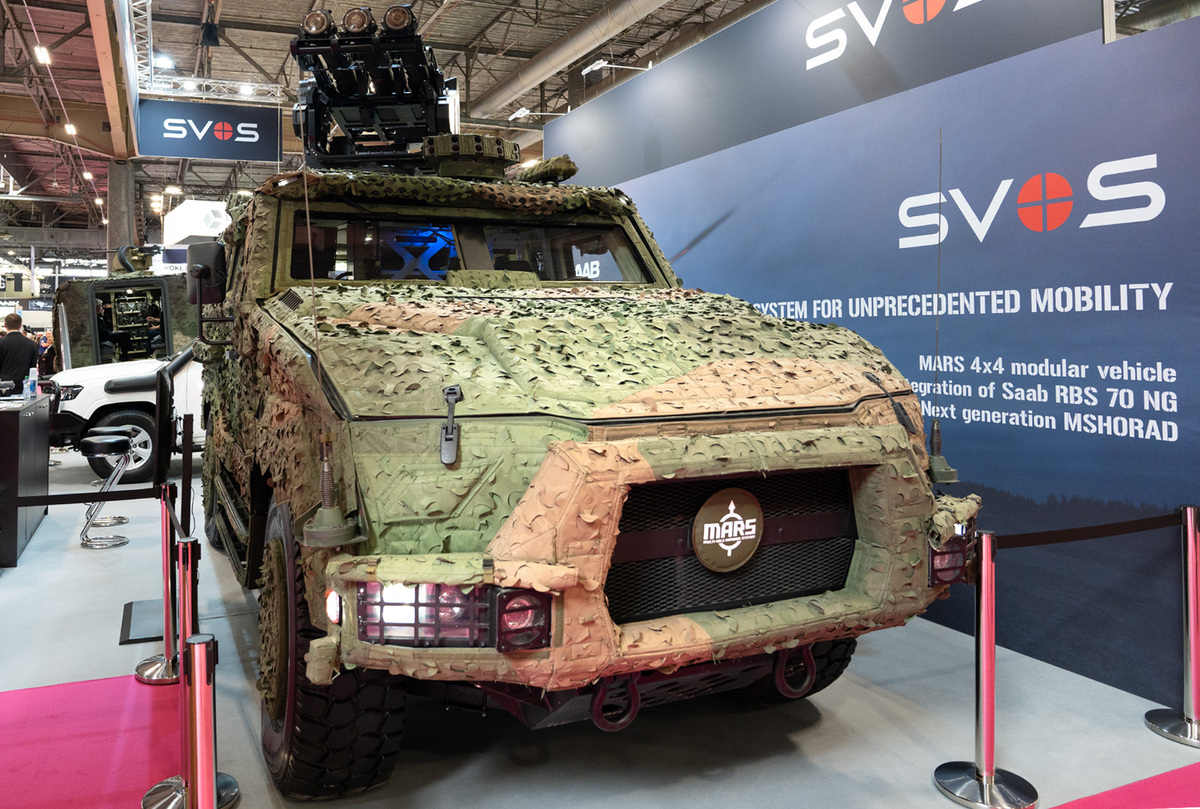
However, a fundamental qualitative change came with Prague's decision in October 2021 to purchase the SPYDER system from the Israeli company Rafael Advanced Defense Systems. This short-range (Python-5 missiles) and medium-range (Derby missiles) anti-aircraft system will become the backbone of the Czech air defence system for at least the next twenty years. Four SPYDER batteries worth CZK 13.7 billion will gradually replace the Soviet KUBs over the next few years. Czech industry is also involved in the project, with the Israeli systems to be mounted on Tatra chassis. The main user of the new systems will be the 25th Anti-Aircraft Missile Regiment based in Strakonice. This unit is divided into the 251st Anti-Aircraft Missile Battalion, currently equipped with KUB systems (which will be replaced by SPYDERs in the future), and the 252nd Battalion, which uses RBS-70 and RBS-70NG systems.
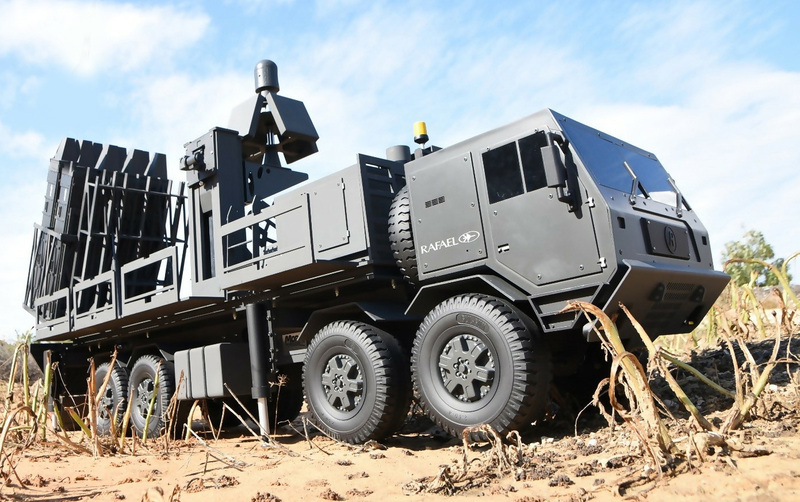
In 2022, the geopolitical situation in Eastern Europe, namely Russia's February invasion of Ukraine, began to dramatically influence the further development of the Czech air defence system. Prague's strategic goal is no longer simply to replace outdated technology, but to build a fully functional, multi-layered and NATO-compatible air defence structure. Based on the experience of the Ukrainian-Russian war, the acquisition of SPYDERs can be seen as the first step in the transformation of the Czech air defence system, which will be followed by the selection of long-range anti-aircraft missile systems and means to combat small drones and artillery ammunition. If, in addition to the costly acquisition of F-35 fighter jets, further funds become available in the Ministry of Defence's budget, they may be allocated to the modernisation of air defence.
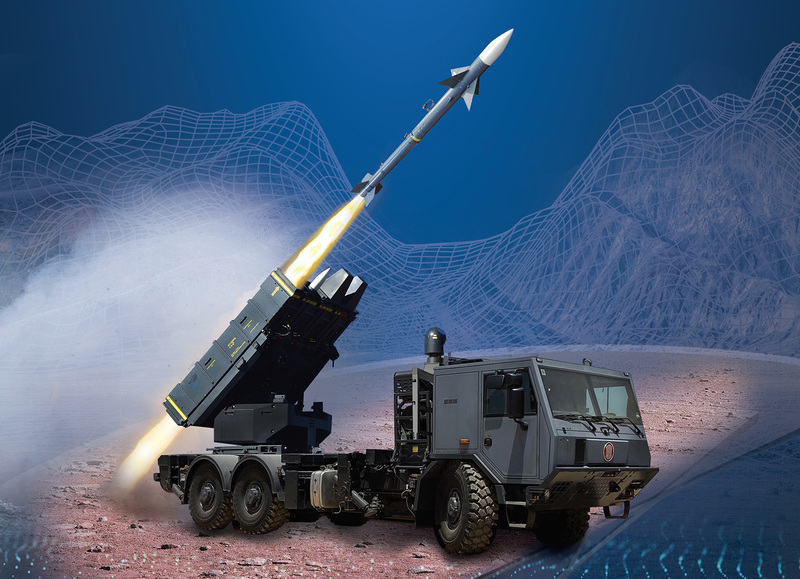
This development indicates the Czech Republic's involvement in the German European Sky Shield Initiative (ESSI) in October 2022. The initiative aims to create a multi-layered European air defence system and envisages the involvement of the Skyranger 30 (short range), IRIS-T SLM (medium range), Patriot (long range) and Arrow 3 (very long range) systems. The Czech Armed Forces are not currently users of these systems, but are considering future involvement, particularly in higher layers of defence (the US-Israeli David's Sling, Israeli Barak MX and US Patriot systems are often mentioned in the information space). ESSI does not envisage complete harmonisation of military technologies, nor does it imply direct military integration; its role is more of a coordinating one. It expects participating states to harmonise training, research and, where appropriate, procurement.
Twenty-four European countries have joined the ESSI initiative so far, with France, Italy and Spain remaining outside. Paris criticises Germany's efforts on the grounds of the alleged low representation of European technologies and increasing strategic dependence on non-European countries. On the other hand, neutral Austria and Switzerland have joined the ESSI, whose starting position (i.e. long-term neglect of air defence) is similar to that of the Czech Republic.
Despite growing international cooperation and involvement in the ESSI, Vienna wants to maintain its neutrality (but not defencelessness) in the military sphere. The Austrians rule out joining NATO in the coming years, but under the influence of the Ukrainian-Russian war, they are accelerating the pace of modernisation of their armed forces. This has led to the creation of the Aufbauplan 2032 army development plan, which also emphasises the expansion of air defence capabilities in the short, medium and long range. The aim of this transformation is to ensure the autonomous protection of key facilities, cities and infrastructure against attacks by guided missiles, drones and other airborne assets.
The Austrian Armed Forces have so far had only very limited resources at their disposal to protect their airspace. Today, they can only deploy very short-range systems (VSHORAD) against air attacks. In addition to self-propelled twin 35 mm Oerlikon cannons (Oerlikon 35-mm-Zwillingskanone), the Austrians also have Mistral portable anti-aircraft missile systems in their arsenal. However, new acquisitions have already been approved, and Austrian anti-aircraft units are looking forward to the delivery of new systems. Two years ago, Vienna approved the acquisition of IRIS-T systems worth two billion euros (approximately 50 billion Czech korunas), and last year it ordered 36 new modern Skyranger 30 short-range air defence systems. The latter will be mounted on Pandur 6x6 EVO chassis.

However, the Bundesheer will have to wait for the new long-range systems. Their purchase remains in the preparatory phase for now, with the Austrian government expecting this phase to be completed in 2028. There is speculation in the media mainly about the American Patriot system, the Israeli-American Arrow-3, or an unspecified ‘European alternative’. Vienna has earmarked four billion euros (approximately 100 billion Czech crowns) for this acquisition. All planned Austrian purchases fit into the technological concept of the ESSI initiative. In addition to ground-based air defence, air forces also play an important role. Austria currently relies on Eurofighter fighter jets, whose service life will end in 2035. The government is already discussing their replacement, with American F-35s and European variants in the running. The decision is expected to be made within a few years, and the new aircraft should be available to the Austrian Air Force by 2033.
Switzerland, too, after decades of relying on outdated technology, is now investing billions of francs in modern short-, medium- and long-range systems. This goal is part of a broader modernisation programme called ‘Air2030’, which, in addition to air defence, includes the purchase of new F-35 fighter jets and the modernisation of radar systems and communications infrastructure.
Bern began negotiations with the United States on the acquisition of the Patriot long-range system in 2022 and ultimately decided on five batteries for nearly two billion francs (approximately 54 billion Czech korunas). The Swiss expect the first deliveries in 2028. In the medium-range category, Switzerland is almost certain to sign a contract with German company Diehl Defence this year for the acquisition of four to five IRIS-T SLM systems. For short-range defence, the Swiss army is interested in the Skyranger 30 system, developed jointly by the German company Rheinmetall and the Swiss company Oerlikon. According to current plans, the purchase is expected to take place after 2030. Like Vienna, Bern has aligned its air defence purchases with the German ESSI initiative.
The Austrians and Swiss are facing internal tensions due to their involvement in international security cooperation projects such as ESSI. Some political parties see these activities as undermining neutrality. The Austrian FPÖ has even warned against ‘semi-secret accession to NATO’. Despite these obstacles, the Austrian and Swiss armies are taking decisive steps to increase their ability to defend their airspace in cooperation with their ESSI allies.
Experience from recent armed conflicts, technological advances and an emphasis on collective security have fundamentally changed European countries' approach to air defence. The Czech Republic, like neutral Austria and Switzerland, has long neglected this area, but in recent years it has begun to make up for this deficit through extensive investment in modern systems and active participation in the ESSI initiative. All three countries are now seeking to build a multi-layered and interoperable air defence system that will enable them to protect their territory and citizens from current and future threats. With the purchase of the SPYDER system, the Czech Republic has entered a key phase of modernisation, but for a truly comprehensive defence, it will be necessary to continue acquiring other systems, particularly in the long-range segment. If the modernisation trend continues, the Czech Republic, Austria and Switzerland could become full members of the ESSI, which will be able to effectively counter even the most sophisticated threats of the 21st century.
